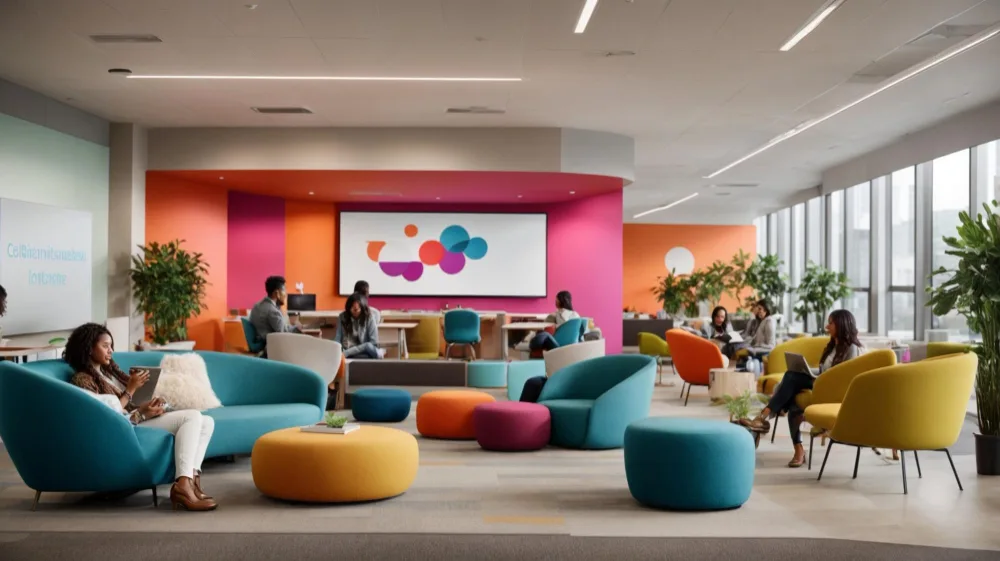Modern offices are evolving as businesses change how they ask workers to preform their jobs. Businesses are pivoting towards creating more collaborative environments. This shift reflects a deeper understanding of how physical space impacts teamwork and productivity. The judicious selection of furniture in these settings is not merely a matter of aesthetics; it’s a strategic decision that influences the dynamics of team interaction and creative processes.
Flexibility and Modularity: The Core of Collaborative Design
The cornerstone of an effective collaborative workspace is its adaptability. Modular furniture offers unparalleled flexibility, allowing the space to be reconfigured for various team sizes and activities. Such versatility is fundamental for accommodating the fluid nature of collaborative work, where spaces must transition seamlessly from brainstorming sessions to formal meetings. Selecting lightweight, mobile furniture facilitates this dynamism, fostering an environment that is both responsive and conducive to creative workflows.
Ergonomics: A Non-Negotiable Element
In collaborative settings, comfort is more than a luxury—it’s a necessity. Ergonomically designed furniture is paramount to ensure that the physical comfort of team members is maintained. This focus on ergonomics is not just about immediate comfort; it plays a crucial role in enhancing sustained productivity and preventing long-term health issues related to posture and seating. Ergonomic chairs, adjustable tables, and supportive lounge areas are key in maintaining energy and focus during collaborative endeavors.
Technology Integration: Facilitating Seamless Collaboration
In the digital era, collaboration is often intertwined with technology. Furniture that seamlessly integrates technological capabilities is essential. Desks and tables equipped with built-in power sources, USB ports, and efficient cable management systems are not just conveniences; they are critical components that ensure uninterrupted and efficient team interaction. Such integrations enable teams to share digital resources effortlessly, a crucial aspect of modern collaborative work.
Diverse Zones for Varied Collaboration Styles
Understanding that collaboration manifests in different forms is vital in workspace design. Tailoring spaces to specific collaborative needs — from informal brainstorming areas with relaxed seating to more structured meeting spaces — is essential. This diversification in furniture and layout accommodates various collaboration styles, enabling teams to choose environments that align with their specific task requirements.
Acoustic Planning: Balancing Interaction and Focus
Managing acoustics is a sophisticated aspect of designing collaborative spaces. The challenge lies in fostering open communication while minimizing disruptive noise levels. Incorporating acoustic furniture and sound-absorbing materials creates an environment where dialogue can flourish without the pitfalls of excessive noise. This balance is crucial in maintaining a productive collaborative atmosphere.
Aesthetics and Brand Alignment
Finally, the visual appeal of furniture in collaborative spaces plays a significant role in stimulating creativity and reinforcing brand identity. Selecting pieces that resonate with your company’s ethos and aesthetic can invigorate the workspace, enhancing the creative output and strengthening the collective sense of purpose.
In summary, the role of furniture in collaborative workspaces is multifaceted and impactful. As businesses continue to embrace team-based approaches, the importance of strategically selected furniture becomes increasingly evident. By focusing on modularity, ergonomics, technology integration, diverse collaborative zones, acoustic balance, and aesthetic alignment, businesses can create environments that not only support but also amplify team productivity and creativity.


